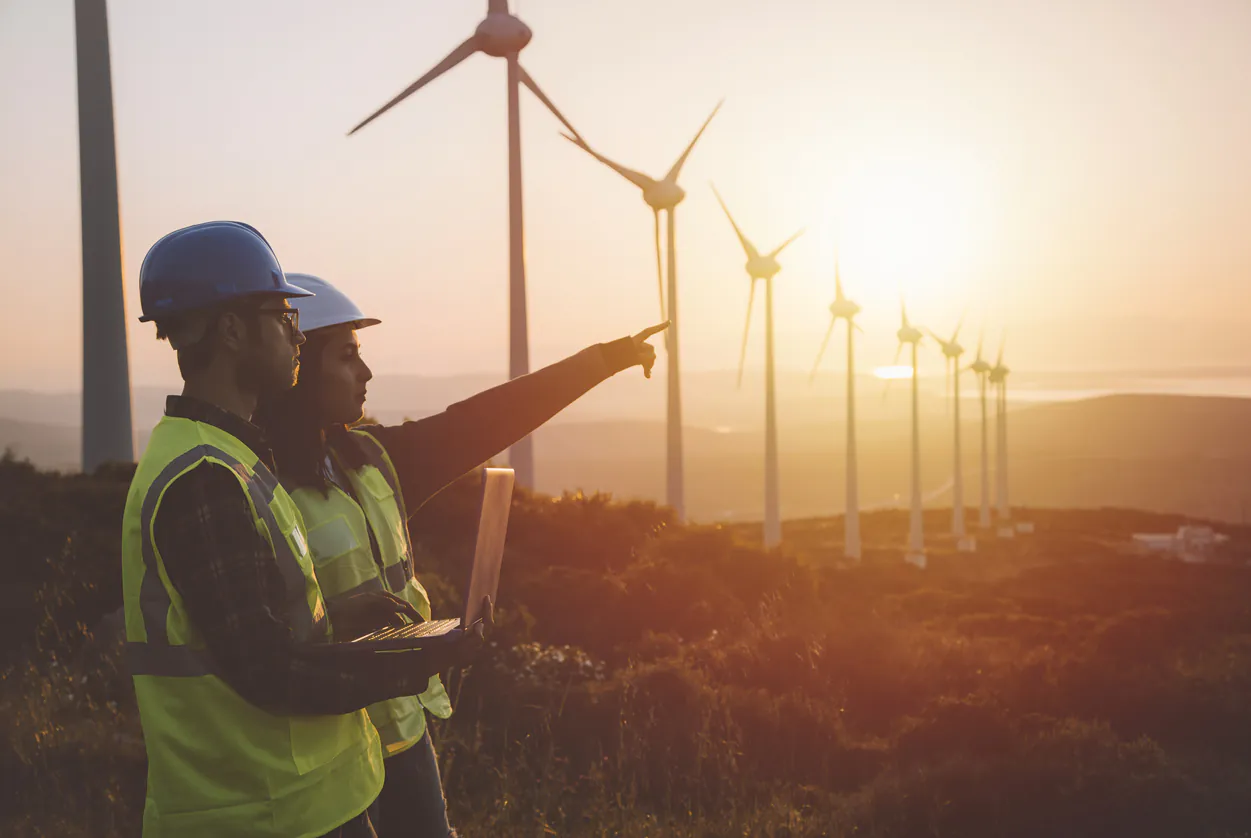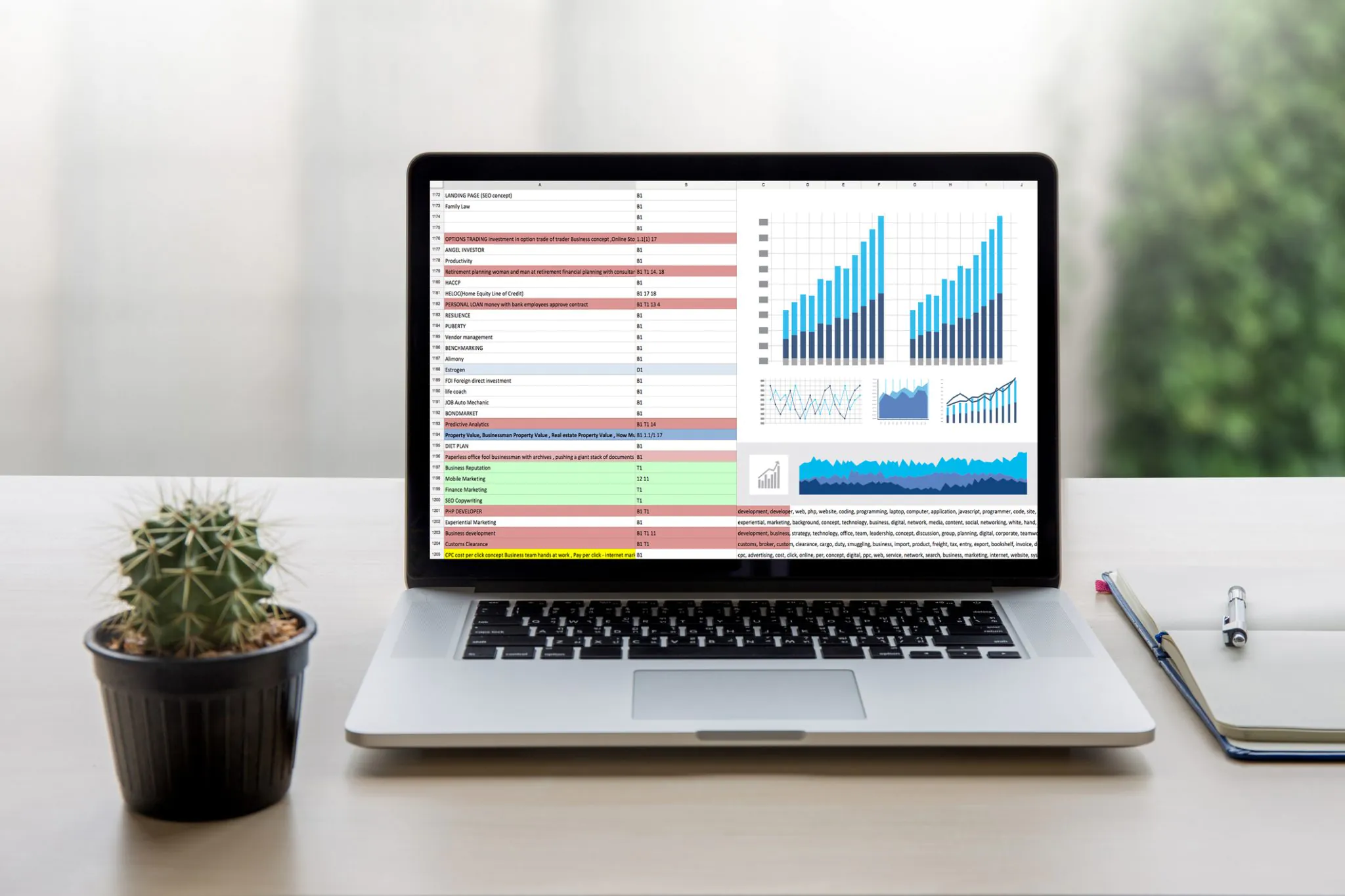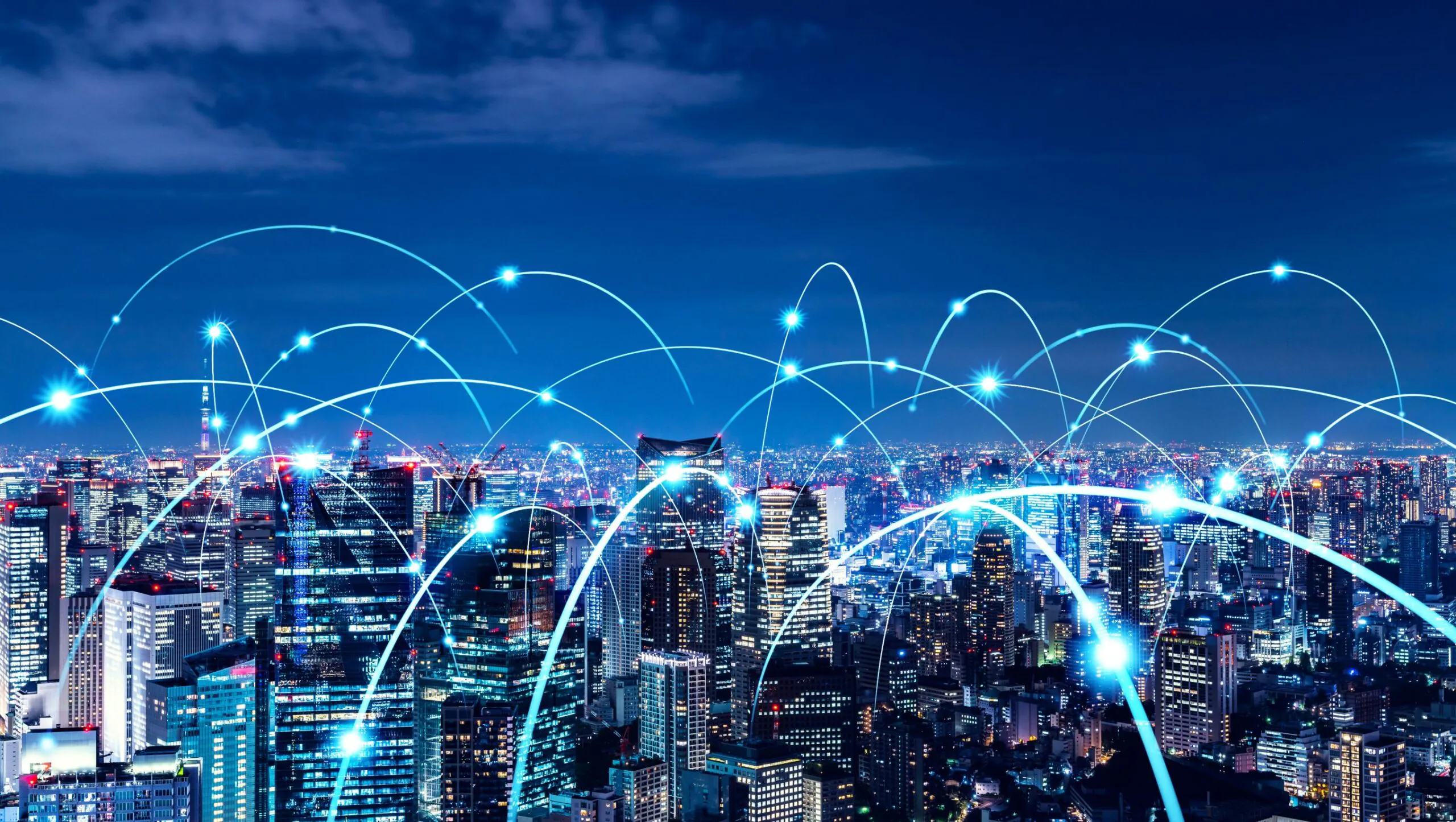Wind Energy Industry Overview
This is a factsheet of the top wind power advantages and disadvantages you should know in 2020. Before we get to that, just how do we get wind energy? Wind energy is essentially a form of solar energy — often referred to as wind power — and it is the process in which wind is used to create electricity and energy. How do we get energy from wind? Wind turbines are usually installed and operated to create kinetic energy in the wind into mechanical power. Approximately 2% of the solar energy striking the Earth’s surface is converted to kinetic energy in wind. Wind turbines convert the wind’s kinetic energy into electricity without emissions. What is wind energy used for? The mechanical power wind energy creates is often used to pump water and grind grain. Generators also turn this mechanical power into electricity. Wind energy is very efficient as one wind turbine can be sufficient enough to generate energy for a household. The biggest draw is that wind energy is created without burning fossil fuels and producing greenhouse gases or radioactive and toxic waste. What are the advantages and disadvantages of wind power? Read on to find out more wind power advantages and disadvantages.
Advantages of Wind Energy
What are the advantages of wind energy? From cost-effectiveness to sustainability and potential mass consumption, here are the top wind energy advantages in 2020.
Wind power is cost-effective: The electricity that is produced by wind farms is sold at a fixed price and usually over 20+ years in length — leading to fuel being free and mitigating that cost to other traditional sources of energy. The cost of wind power ranges from $37 to $81 per megawatt-hour. On a $/MWh basis, wind power is arguably the cheapest source of energy. Coal-based power plants emitted an average of 915 grams (32 ounces) of carbon dioxide (CO2) per kilowatt-hour of electricity produced. Natural gas power plants emitted an average of 549 grams (19 ounces) CO2 per kilowatt-hour. Combined cycle natural gas plants emitted an average of 436 grams (15 ounces) CO2 per kilowatt-hour. Over the course of its lifetime, wind turbines are expected to produce 20 times the amount of energy used to manufacture and install them – essentially what this means is they pay back the energy that’s used to make (and install) them in a year or less.
Is wind energy renewable or not? Wind energy is completely renewable because the wind is a source of energy that is non-polluting and created without burning fossil fuels. Wind energy does not produce greenhouse gases or radioactive or toxic waste. Wind energy doesn’t pollute the air like power plants that rely on the combustion of fossil fuels, such as coal or natural gas. The main draw is that wind turbines don’t produce atmospheric emissions that cause acid rain, smog, or greenhouse gases.
Is wind energy sustainable? Because wind energy is created without burning fossil fuels, the source of energy is completely sustainable. Since it’s a form of solar and wind energy, for as long as those two processes continue to occur wind power will be sustainable on Earth.
Wind energy creates jobs: With over 500 wind power facilities in the USA, wind power has created more than 50,000 jobs across manufacturing, installation, and maintenance in almost every state. BY 2050, wind energy is to support more than 600, 000 jobs.
Wind energy is a domestic source of energy: Over the past 10 years, cumulative wind power capacity in the USA increased an average of 30% per year, outpacing the 28% growth rate in worldwide capacity. Wind turbines can be built on existing farms or ranches and making the switch is much easier than most people think.
Check out what wind energy companies have to say about the technology on 91��Ƭ��, and see if wind energy is suitable for your company.
Some More Pros of Wind Energy
- The potential of wind power is enormous – 20 times more than what the entire human population needs.
- Wind energy is a completely renewable source that can’t run out as long as the sun shines and the wind blow.
- Wind power only accounts for about 2.5% of total worldwide electricity production but is growing at a promising rate of 28% per year.
- Prices for operating wind farms have decreased by 80% since the 1980s. ROI is usually expected within the first five years of investment.
- Good domestic potential: Residential wind turbines yield energy savings and protect homeowners from power outages.
- Wind energy does not cause pollution and is expected to create 600,000+ jobs by 2050.
Disadvantages of Wind Energy
What are the disadvantages of wind power? There are many challenges and cons in wind power, mostly stemming from an industry that’s just starting to grow. Here are the top disadvantages of wind power in 2010.
Wind power technology is unpredictable: Currently as is, the technology and infrastructure behind wind energy are not as well established as traditional sources of energy. Currently, wind energy cannot meet a baseload requirement as an energy source for the masses. Some areas may not be windy enough to produce wind energy at an acceptable rate to meet the energy demands of people. The wind isn’t always blowing so it could be an issue in some areas.
Competition on a cost-basis: On a cost-basis wind energy is still not cheaper than other sources of energy in certain areas. At the same time, constructing turbines and wind facilities is extremely expensive.
Wind farms can impact local wildlife: Not only are the noisy but local wildlife like birds and bats have been killed by wind turbines by flying into them. Altering the habitat is still a big question mark for wind turbines that have seen progress but not completely where it should be yet.
Wind farms and turbines are noisy and not pleasing to look at: Not only are they expensive to install, but wind turbines are very noisy and not the most pleasing to look at as it can be a visual deterrent to landscapes and properties.
Not the most effective and profitable use of land: Land suitable for wind-turbine installation must compete with alternative uses for the land, which might be more highly valued than electricity generation. Simply put, there are more profitable uses of land
The Future of Wind Energy
Now that we know the most important wind power advantages and disadvantages in 2020, the future for the technology looks promising and is expected to keep growing with demand. Expect the technology to keep changing as well as the cons slowly go away as we head towards a more sustainable source of energy for our future. The top wind energy companies are already using the 91��Ƭ�� platform to let many businesses know the benefits of wind energy on the environment and their businesses. Connect with them out on 91��Ƭ�� for free.



